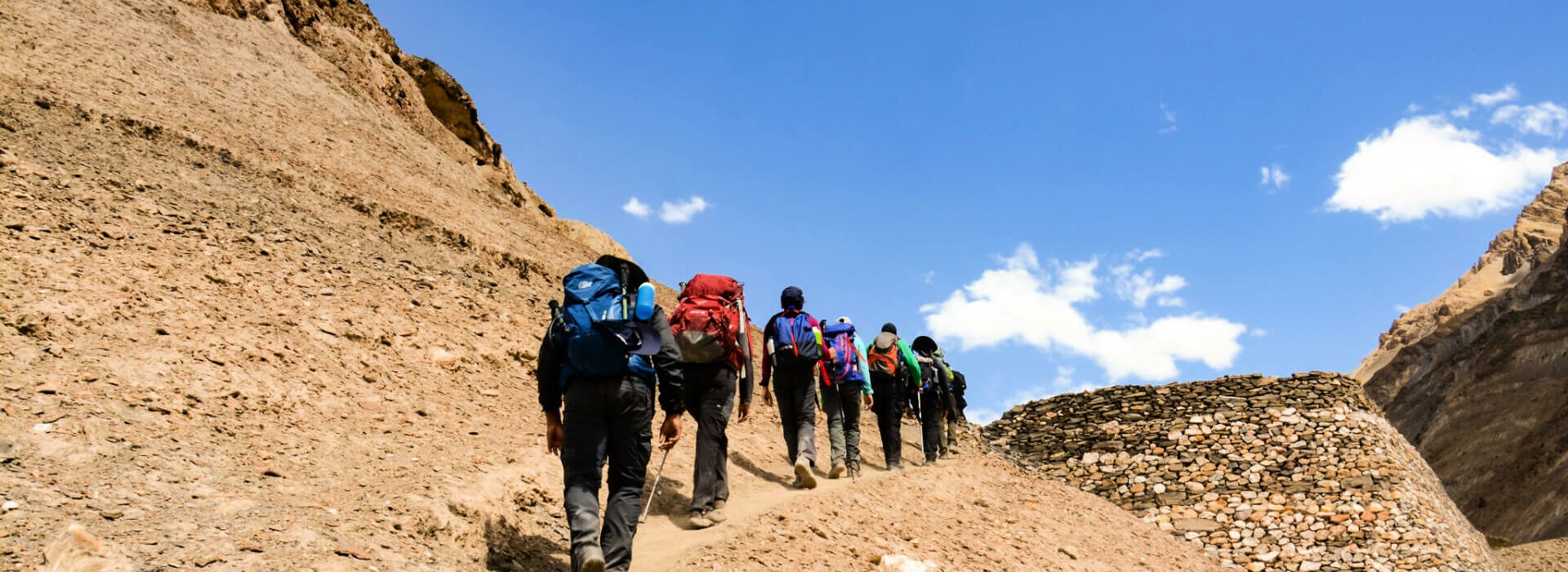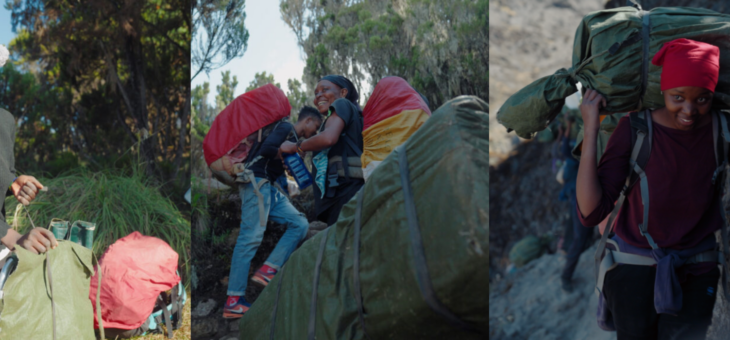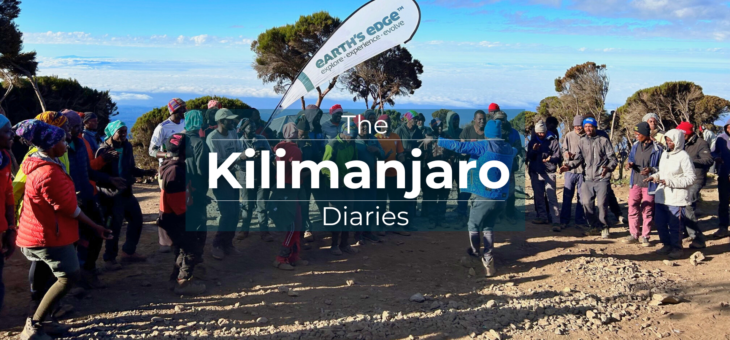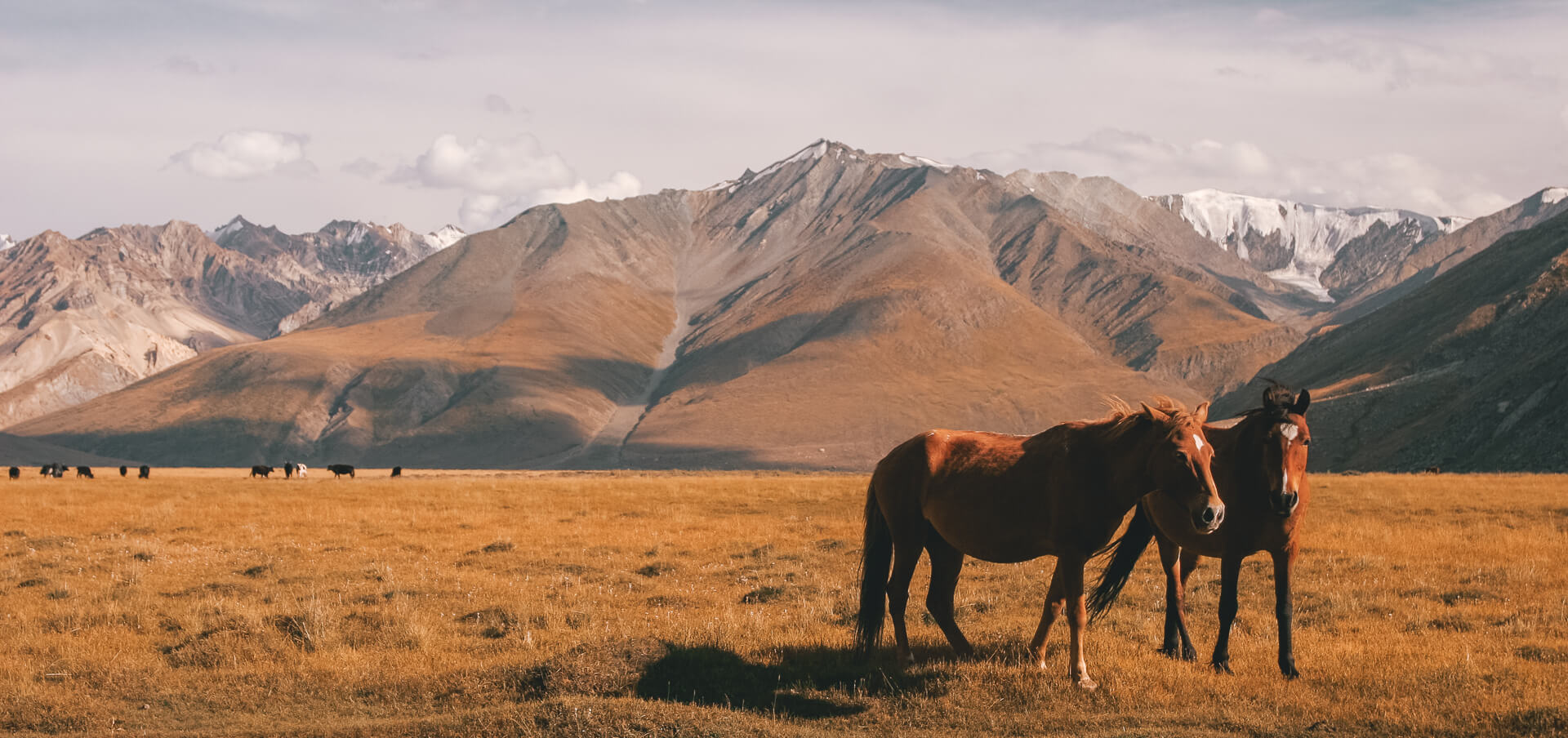About Jam & Johnjoe; James McManus (aka Jam) owns and runs Earth’s Edge. He has over 20 years’ experience and leads at least five expeditions to altitude each year. Johnjoe is his dog.
* scroll to the bottom of this post to watch Johnjoe’s video!
One of the most common questions we get asked is which pair of walking boots should I buy? The first thing you should consider is what type of terrain are you going to use them on. You might be heading out to climb Kilimanjaro, trek to Machu Picchu or Everest Base Camp but presumably you will use them before and after your big trip too. Most people want to use them in Ireland too so good waterproofing is an absolute must!
You should also consider future trips you are planning. For example, you could go for something super comfortable with lesser support on the Great Wall of China. Although there is some rough ground, for the most part you are on well-defined trails or walking on the wall itself. So, the need for a boot with good support is less. Now if you are taking on Kilimanjaro where the terrain is tougher – especially on the long descent – you should get boots with more support. Rather than buy two pairs you could buy boots suitable for Kilimanjaro and use them on the Great Wall of China too.
There is a myth that boots give more support than trekking shoes as they come up high enough to cover the ankles and prevent you from rolling or spraining your ankle. This is not the case. Support is dictated by how rigid the sole of the boot is. If you have a very rigid sole, your foot will always have a flat surface to stand on regardless of the terrain under the boot. If you have flexible sole like a trainer the surface under your foot will reflect the ground under the boot giving you less support. The disadvantage of a more rigid sole is that the boot will be heavier and the soles of your feet will tire faster.
On higher altitude and colder trips such as Aconcagua and Elbrus you must have double lined boots, ones that offers a lot more insulation than a regular trekking boot. If you don’t have them, you genuinely run the risk of losing your feet to frost bite! Typically, if you have insufficient footwear on these trips you will not be able to continue, so trying to wing it with cheaper boots is not an option and is the very definition of a false economy!
People often ask which brand of boots are best, however there is no real answer to that question. I currently have a range of different boots for different things and none of them are the same brand. All the boots are shaped and fit differently. For example, some are wider or higher around the toes and others are narrower at the heel. The most important thing is to get your feet measured and fitted properly by a professional. They can then suggest a boot to suit your feet and the type of trekking you are planning on doing. This rules out buying boots online and it’s best to go to a ‘bricks and mortar’ shop to get your boots fitted. Once you buy your boots make sure you wear them around the house for two or three hours and if they cause you any type of discomfort return them to the shop. Most good shops will allow you change boots once they are clean and have not been worn outside.
Quite simply if your boots don’t fit properly you will develop blisters while trekking which will turn a trip of a life time into a nightmare, with each step causing significant pain! I don’t recommend cutting corners on boots! Cheers Jam
Johnjoe was in the Great Outdoors to get his paws fitted earlier this year ahead of his Kilimanjaro in October. Check out this short video of him getting his boots fitted 🙂
If you have any questions or feedback email us on info@earths-edge.com.






